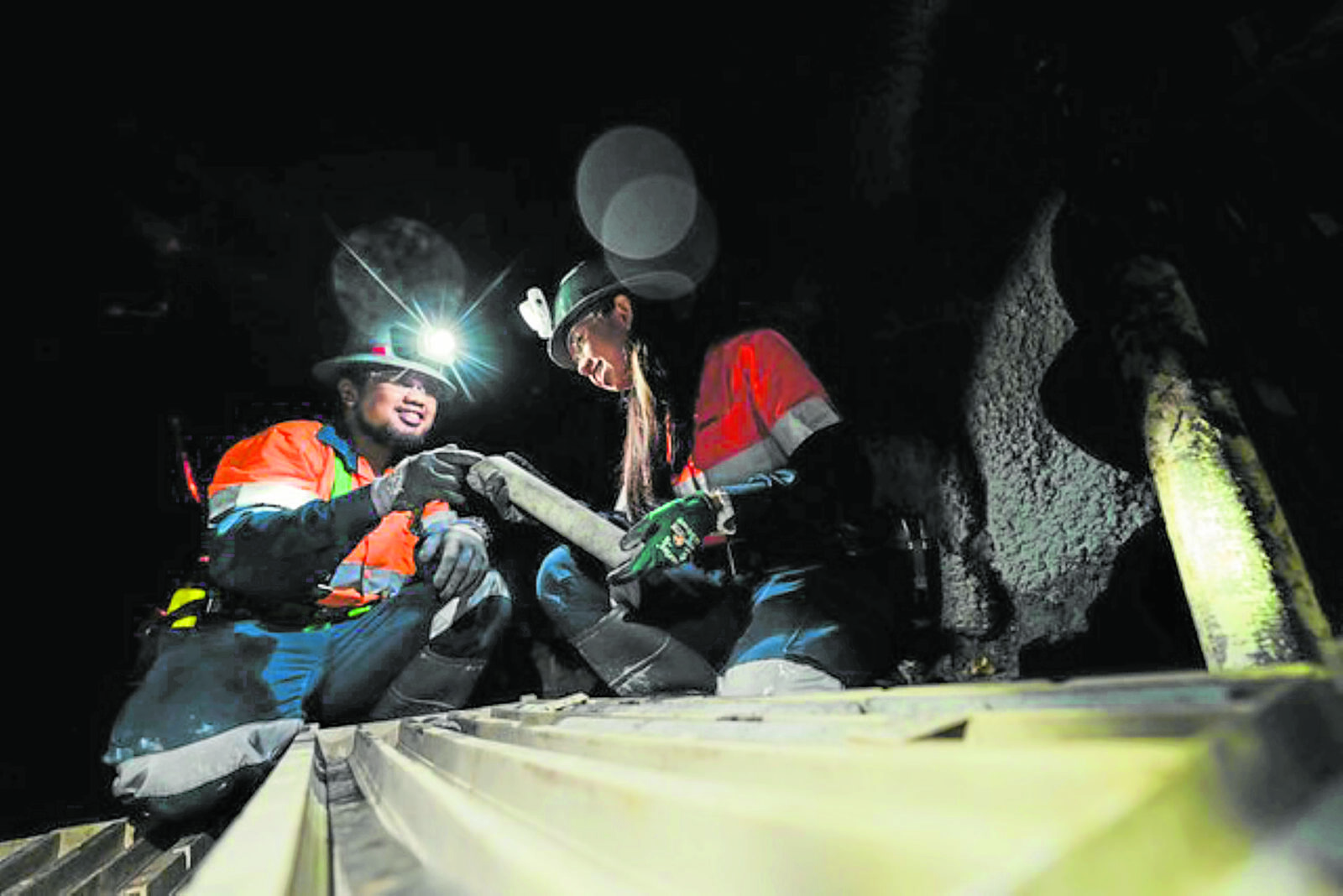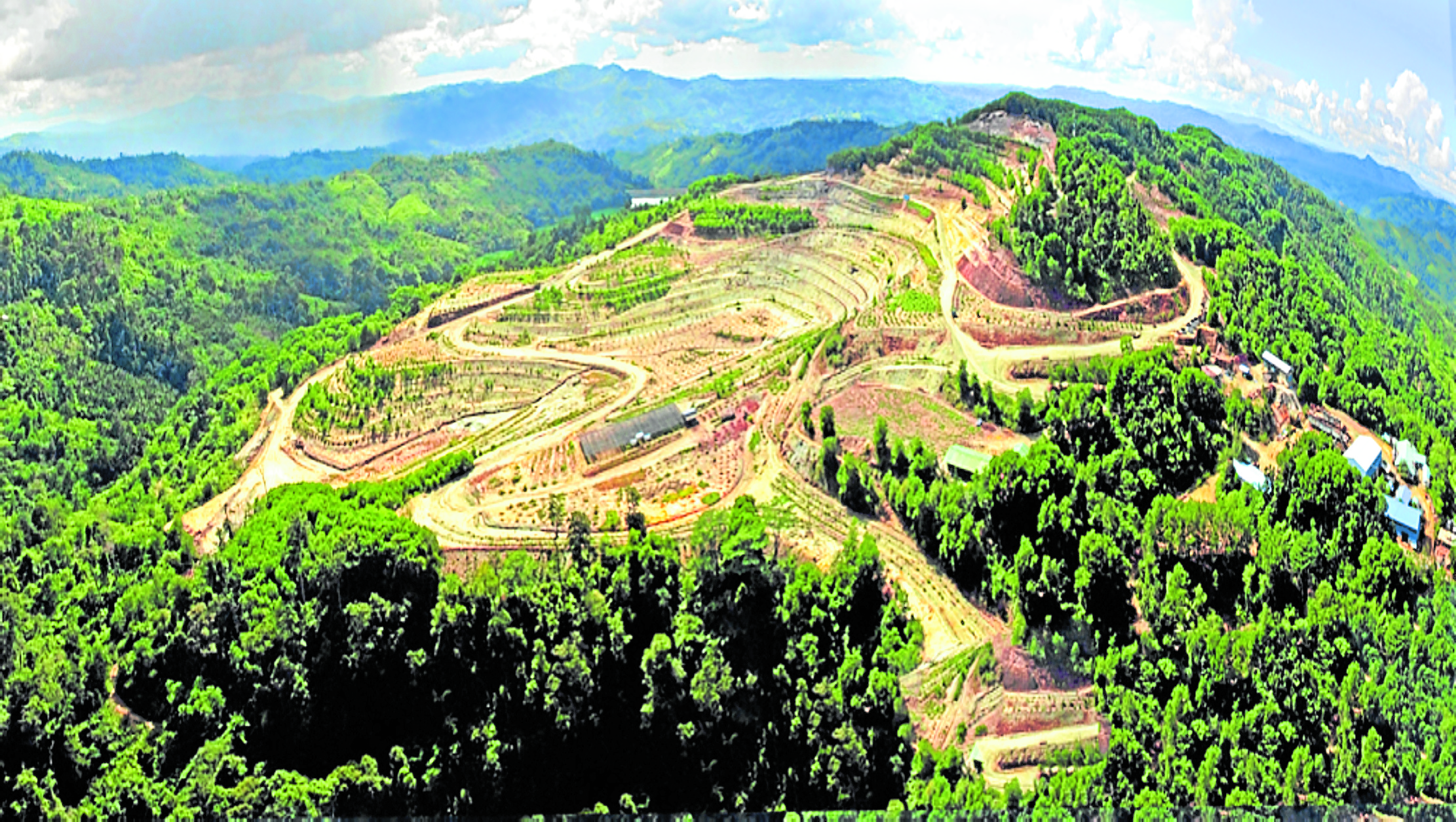Philippine mines set for gains amid uncertainty from Trump’s tariffs

The Philippine mining sector is poised to gain from the uncertainty surrounding America’s sweeping tariffs. This, although the industry is on its toes for potential risks caused by global economic slowdowns and trade tensions.
Ronald Recidoro, executive director of the Chamber of Mines of the Philippines (COMP), says the overall impact of US President Donald Trump’s so-called “reciprocal” tariffs“ is expected to be limited.”
“The clearest indirect benefit would be the surge in demand for gold and the increase in gold prices,” Recidoro tells the Inquirer.
Gold, considered as a safe haven investment, on Friday traded close to its peak of more than $3,500 an ounce seen in April. This was following the conflict between Israel and Iran.
The precious metal has appreciated by around 30 percent since the start of the year.
“Considering long-term economic challenges in the US, China, and Europe, we believe that the demand for gold will only continue to grow as a hedge against inflation and currency volatility,” Recidoro says.
Even if gold were relatively unaffected by US President Donald Trump’s tariff announcement, Recidoro says the sector remains more vulnerable to global economic slowdowns and trade tensions.
“While the Trump administration’s tariffs have limited direct impact on the Philippine mining sector, the uncertainty in the global economic climate has increased gold’s appeal as a safe-haven asset,” he adds.
Peter Garnace, equity research analyst at Unicapital Securities Inc., says investor appetite for safe-haven assets such as gold will likely increase despite heightened global uncertainties driven by Trump’s mercurial policies.
“Under the mining sector, precious metals continue to be attractive safe-haven assets with gold prices likely to remain elevated in the near term amid global trade tensions, prospects of rate cuts, and macroeconomic uncertainties,” Garnace tells the Inquirer.
“Furthermore, a favorable exchange rate brought about by stronger dollar could also provide boost to revenues of local mining companies,” Garnace says.
Listed mining companies—including Apex Mining Co. Inc. under the Razon Group, Philex Mining Corp. led by tycoon Manuel Pangilinan and OceanaGold Philippines Inc., the local subsidiary of multinational gold mining and exploration firm OceanaGold Corp.—are seen to benefit from current market volatility as gold prices surge to all-time highs.
The analyst says the year-to-date performance of their stock prices are “notably trending upwards.”
Among publicly listed mining firms, Garnace says Atlas Consolidated Mining and Development Corp. is insulated from America’s tariff policy. Although Atlas Mining has the biggest exposure to copper because of the possible tariff on this metal, the company exports its entire copper output to China and Japan.
Under Trump’s tariff agenda, steel and aluminum are slapped with a 25-percent import duty, while tariffs on copper imports are under consideration.

Trade tensions linger
BMI Research, a unit of the Fitch Group, says tariff threats remain a focal point for metals. While a 90-day pause of Trump’s tariffs unveiled last April 2 has sparked a relief rally for the industrial metals complex, it has partially offset earlier losses on the back of escalating trade tensions that hamper global growth.
“As trade uncertainty lingers, with a downturn in metals demand due to growth deceleration in major markets on the cards, and the Mainland Chinese property sector remains in the doldrums, we note that the balance of risks is currently skewed to the downside,” BMI says in a commentary.
“A reduction in trade policy uncertainty, which should mitigate downside pressure on global growth, will place a floor under metal prices, but we expect prices to remain under pressure…” it says.
The research firm says it is leaning towards giving a bearish outlook in the coming weeks, as concerns about slower global growth, including in China, might heavily weigh on market sentiment.
The country’s metal production totaled P63.88 billion in the January to March period, rising by 22.76 percent from P52.03 billion in the same period a year ago, data from the Mines and Geosciences Bureau (MGB) show.
“This growth was driven by the bullish prices of gold, silver, and copper, alongside a rise in gold and silver production,” the MGB says in a report.
Gold captured a substantial share in the overall mineral production value with 64 percent or P40.88 billion.
Nickel ore and other nickel byproducts accounted for 23.41 percent or P14.95 billion.
Copper held a share of 10.79 percent or P6.89 billion, while silver, chromite and iron ore accounted comprised the remaining 1.81 percent or P1.15 billion
The MGB notes that various factors will influence the country’s metal output for the rest of the year, such as fluctuations in metal and fuel prices, infrastructure development and the overall investment climate.
It says the demand from major trading partners, disruptions in metal supply chains due to a decline in global manufacturing and industrial activities, as well as global tensions and trade restrictions will affect the industry as well.





















